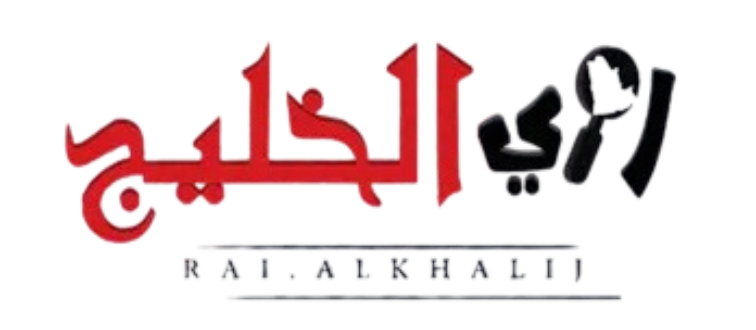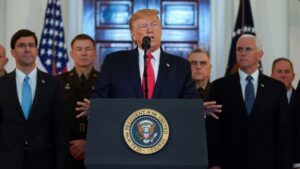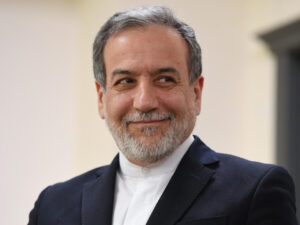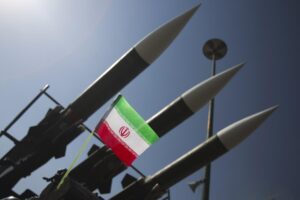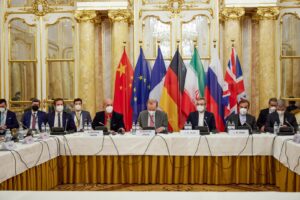Iran and the US on the brink of a new nuclear crisis: The regional conflict entered a new phase with a missile attack by Yemen’s Houthi rebels on Israel’s Ben Gurion International Airport. The attack, the first successful penetration of Israel’s air defenses this year, came as the fourth round of nuclear talks between Iran and the United States stalled, exposing the dangerous link between regional crises.
Iran and the US on the Brink of a New Nuclear Crisis: Current Status of Iran’s Nuclear Program
The current deadlock in nuclear negotiations between Iran and the US has brought the two nations to the brink of a dangerous confrontation. Iran’s nuclear program has achieved alarming progress, with reports indicating the country now possesses enough 60%-enriched uranium for multiple nuclear weapons if further processed.
This rapid advancement comes alongside Tehran’s continued restrictions on IAEA inspections and its expansion of underground nuclear facilities, creating what experts describe as an unprecedented threat to global nonproliferation efforts. you can read more about other topec here.
As the international community watches nervously, the core dispute remains unresolved: Iran demands immediate sanctions relief while refusing to halt its enrichment activities. The situation has become so volatile that many analysts believe Iran and the US on the brink of a new nuclear crisis could tip into either a diplomatic breakthrough or military conflict.
Israel has already intensified its preparations for potential strikes, while European mediators struggle to keep dialogue alive amid growing mistrust on all sides.
The coming weeks will prove decisive in determining whether diplomacy can prevent a full-blown nuclear crisis. With Iran’s breakout window shrinking to mere weeks and US patience wearing thin, the world faces what may be its last chance to peacefully resolve this decades-long standoff.
The stakes couldn’t be higher, as failure could lead to either a nuclear-armed Iran or a regional war with catastrophic consequences for global security.
Analysis of the Nuclear Negotiations Deadlock
According to Ben Talab, senior expert on Iran’s nuclear program at the Foundation for Defense of Democracies, Iran has systematically and deliberately slowed down the negotiation process. This tactical delay serves multiple strategic objectives for Tehran as the nuclear standoff continues to escalate.
Iran and the US on the brink of a new nuclear crisis as these stalling tactics play out. The Islamic Republic seeks to buy time to circumvent maximum pressure sanctions while simultaneously dividing Western powers by dangling the prospect of lucrative economic opportunities.
This dual-track approach allows Tehran to maintain its nuclear advancements while weakening international consensus against it. The prolonged negotiations also serve to deter potential Israeli military action, as diplomatic engagement creates a perceived window for peaceful resolution.
Ultimately, Iran aims to return to an unreformed JCPOA agreement but with significantly improved terms that would legitimize its nuclear infrastructure while securing comprehensive sanctions relief – a dangerous proposition that could fundamentally alter the regional security landscape.
Current Status of Iran’s Nuclear Program
Iran has achieved alarming advancements in its nuclear capabilities, positioning itself dangerously close to weapons-grade enrichment. The country currently possesses 142 kilograms of uranium enriched to 60% purity – enough material for three nuclear bombs if further enriched to weapons-grade levels.
This stockpile continues to grow as Iran installs advanced centrifuges at its fortified Fordow underground facility, significantly boosting its enrichment capacity while evading potential airstrikes. Iran and the US on the brink of a new nuclear crisis as Tehran simultaneously reduces cooperation with the International Atomic Energy Agency (IAEA).
The regime has systematically restricted inspector access to key sites and disabled monitoring equipment, creating critical gaps in the international community’s understanding of its nuclear activities. This lack of transparency raises serious concerns about possible undeclared nuclear work occurring at military facilities.
Most alarmingly, Iranian scientists have mastered the technical knowledge to enrich uranium to weapons-grade level (90%+) within just three weeks. This dramatically shortened “breakout time” – combined with Iran’s existing ballistic missile capabilities – means the country could theoretically develop deliverable nuclear weapons faster than ever before.
These developments have fundamentally changed the strategic calculus in the region and forced world powers to reconsider their diplomatic approaches to the escalating crisis.
Oman’s Mediating Role Under Scrutiny as Nuclear Crisis Escalates
For decades, Oman has carefully cultivated its reputation as a neutral mediator in the Middle East, but its credibility now faces serious challenges.
Iran and the US on the brink of nuclear crisis are witnessing growing allegations that Muscat has been hosting the political office of Yemen’s Houthi rebels while simultaneously facilitating illegal arms transfers to Yemen through its ports.
These concerning developments come alongside reports that Omani banks have processed Iranian oil payments, potentially violating international sanctions regimes. Iran and the US on the brink of nuclear crisis now confront several possible scenarios that could dramatically reshape regional security dynamics.
The United States may choose to intensify economic sanctions, while Israel appears to be seriously considering preemptive military strikes against Iranian nuclear facilities.
Alternatively, the international community might pursue an interim agreement to temporarily ease tensions, though this approach risks emboldening Iran’s nuclear ambitions and potentially leading to full-scale weaponization of its nuclear program.
This precarious situation places Oman in an increasingly difficult position. While attempting to maintain its traditional mediating role, the sultanate now faces mounting pressure over its alleged connections to Houthi networks and Iran’s sanctions evasion schemes.
Recent diplomatic moves, including hosting Iran’s foreign minister while postponing meetings with U.S. envoys, have further raised eyebrows in Western capitals.
The coming weeks will prove critical in determining whether Oman can restore its credibility as an honest broker or whether its perceived partiality will ultimately undermine regional peace efforts during this dangerous escalation.
Final Warning: The Closing Window for Diplomacy
Analysts warn that the diplomatic window is rapidly closing as the nuclear standoff reaches its most dangerous phase yet. The international community now faces an urgent choice between two difficult options: accepting a nuclear-armed Iran or pursuing costly military action.
Iran and the US on the brink of nuclear crisis must recognize that continued delays could lead to irreversible consequences, with Tehran’s nuclear advancements progressing unchecked while global tensions reach boiling point.
The current crisis, which began in 2002, has entered its most perilous chapter. Intelligence reports indicate Iran could soon cross critical nuclear thresholds, leaving world powers with diminishing options.
The time for measured diplomacy is running out, and the coming months may determine whether this decades-long confrontation ends through negotiation or conflict.
Iran and the US on the brink of nuclear crisis must act decisively to prevent a catastrophic escalation that could destabilize the entire Middle East. Failure to resolve this standoff now could have far-reaching consequences, from triggering a regional arms race to potentially sparking direct military confrontation.
The international community’s response in this critical moment will shape the geopolitical landscape for decades to come, making immediate and coordinated action essential to avoid the worst-case scenario. you can read more about this topic here.
